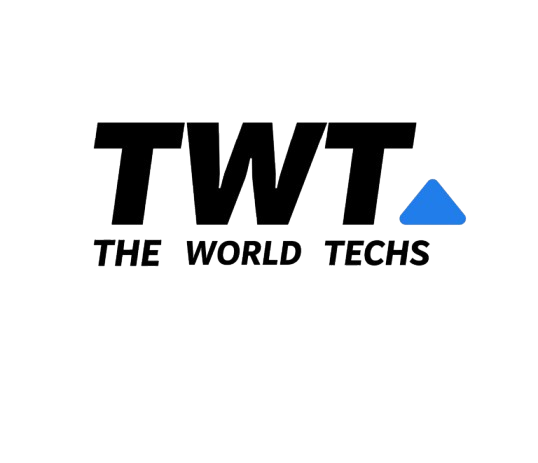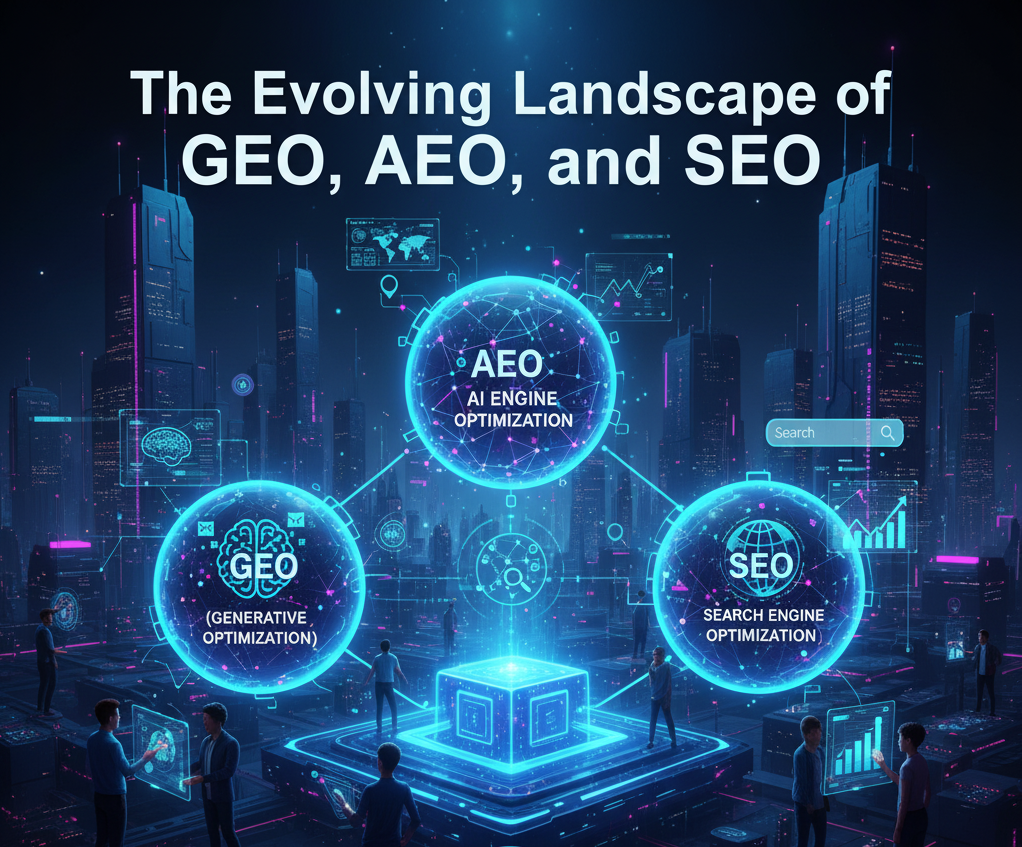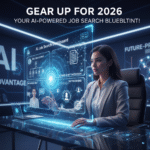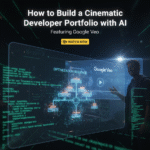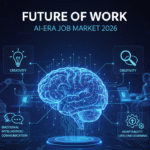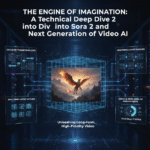Now Reading: Autonomous AI Agents: Foundation Models, Use Cases, and a Step-by-Step Learning Path
-
01
Autonomous AI Agents: Foundation Models, Use Cases, and a Step-by-Step Learning Path
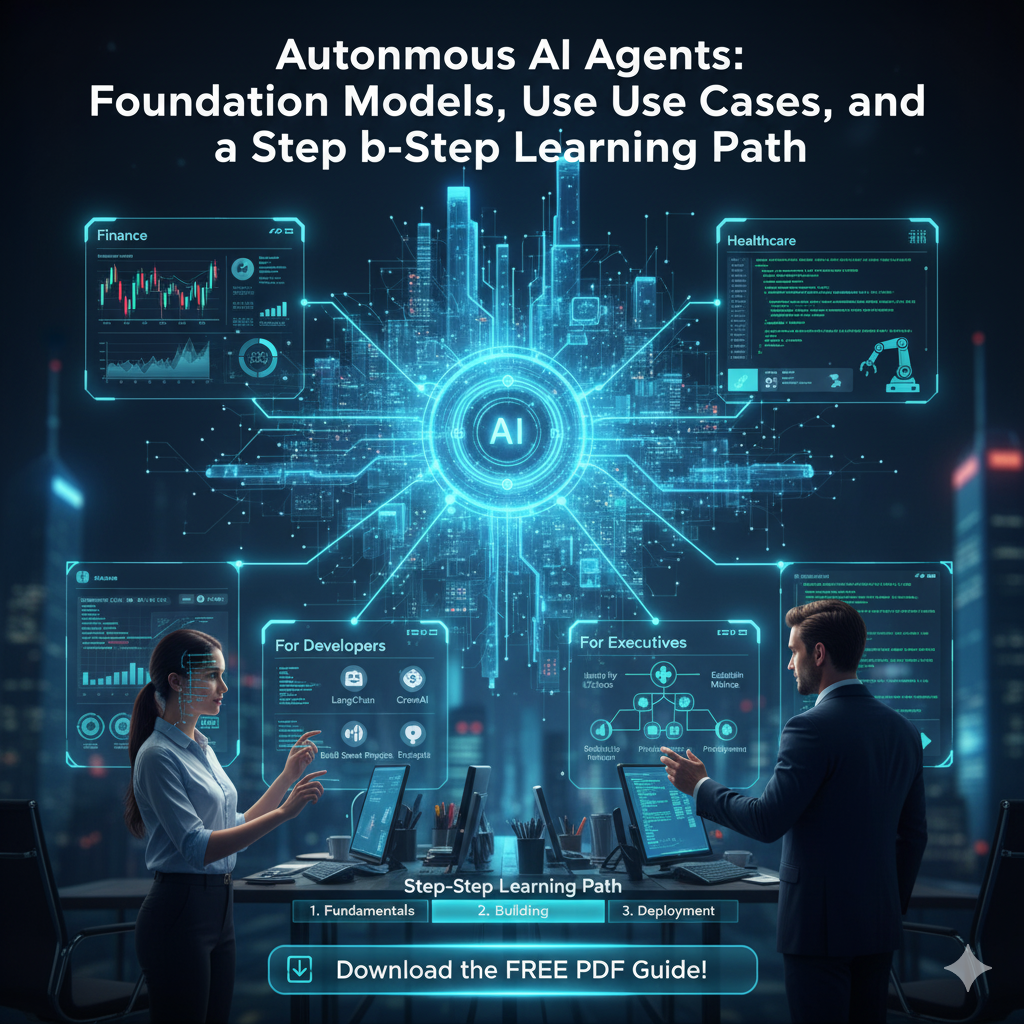
Autonomous AI Agents: Foundation Models, Use Cases, and a Step-by-Step Learning Path
Artificial Intelligence (AI) has moved far beyond simple chatbots and rule-based automation. The next big leap is the rise of Autonomous AI Agents, powered by Foundation Models like GPT-5, Claude, and Gemini. These sophisticated systems don’t just respond—they plan, decide, and act across diverse domains with minimal human intervention. For both developers looking to build the future and business executives seeking competitive advantage, understanding this shift is critical.
What Exactly Are Autonomous AI Agents? (Definition & Capabilities)
Autonomous AI Agents are AI-driven systems capable of executing complex, multi-step tasks without continuous human oversight. Unlike traditional automation, which follows rigid workflows, these agents dynamically adapt and utilize reasoning.
Agent Capabilities Include:
- Understanding complex, natural language goals.
- Breaking down goals into actionable, sequential steps.
- Accessing and utilizing external tools (APIs, web browsers, databases, code execution).
- Making independent decisions based on real-time data.
- Learning and improving their performance over time.
The Cognitive Engine:
How Foundation Models Power Generative AI Agents
Foundation Models (such as GPT-5, LLaMA, and Claude) serve as the cognitive engine behind autonomous AI. They provide the necessary intelligence layer that transforms static code into dynamic agents:
- Natural Language Understanding and Reasoning: Allows agents to interpret high-level human instructions and plan a solution path.
- Tool Integration: Enables the agent to determine when and how to use external resources like search engines, code interpreters, or internal business APIs.
- Scalability: The generalized intelligence allows these agents to operate across vastly different domains, from highly regulated healthcare to complex logistics systems.
Real-World Impact:
Key AI Agent Use Cases Across Industries
Autonomous AI Agents are not theoretical; they are creating tangible Return on Investment (ROI) today:
- Finance: Automated portfolio managers can rebalance investments in real time, reacting to market events faster than human teams.
- Healthcare: AI agents analyze patient records, cross-reference symptoms with research, suggest personalized treatment plans, and autonomously schedule follow-ups.
- Logistics: AI Agents optimize complex supply chains, predicting delays and autonomously rerouting shipments to minimize downtime and cost.
- Software Development: Autonomous coding agents can write, debug, deploy, and even manage version control for new application features, accelerating development cycles.
- Marketing: Automating content research, generating draft articles, and autonomously optimizing content for SEO and AIO.
Popular Tools and Frameworks for Building Autonomous AI Agents
For developers ready to dive in, these are the leading frameworks that facilitate agent creation:
- LangChain: The go-to framework for building LLM-powered applications, offering modular components for memory, reasoning, and tool use.
- AutoGPT / BabyAGI: Open-source blueprints that demonstrate the core concept of autonomous, multi-step goal execution.
- CrewAI: A specialized multi-agent framework enabling complex collaboration between specialized, role-defined AI workers (e.g., a “Researcher” Agent feeding a “Writer” Agent).
- OpenAI Function Calling / Assistants API: Direct, powerful integrations that connect models with external APIs and workflows.
Getting Started with AI Automation (For Both Builders and Leaders)
Starting your journey in AI automation requires a two-pronged approach:
| For Developers (The Builders) | For Executives (The Strategists) |
| Learn Fundamentals: Master prompt engineering and tool definition. | Identify Use Cases: Pinpoint repetitive, multi-step workflows with high ROI potential. |
| Experiment with Frameworks: Start with LangChain or CrewAI to build small proofs-of-concept. | Establish Metrics: Define success (e.g., cost reduction, speed of execution) for agent pilots. |
| Build Small Projects: Automate personal workflows like research bots or email sorting. | Prioritize Deployment: Focus on integrating agents with core company systems (CRM, ERP). |
Final Thoughts
Autonomous AI Agents are redefining how industries operate. From finance to software engineering, foundation models are creating AI co-workers that enhance productivity, creativity, and decision-making. As these tools mature, the question is not if your industry will adopt them, but how fast you can build a competitive advantage. Start your journey today!
Next Step: Download the FREE PDF Guide! 🚀
Download the FREE PDF Guide: Your Step-by-Step Learning Path to Autonomous AI Agent Automation.
This exclusive resource provides the strategic roadmap for executives and the technical depth for developers. It includes:
- A phased learning path (Fundamentals, Building, Deployment).
- Deep dives into LangChain, CrewAI, and AutoGPT.
- A curated list of top YouTube video tutorials and open-source projects.
